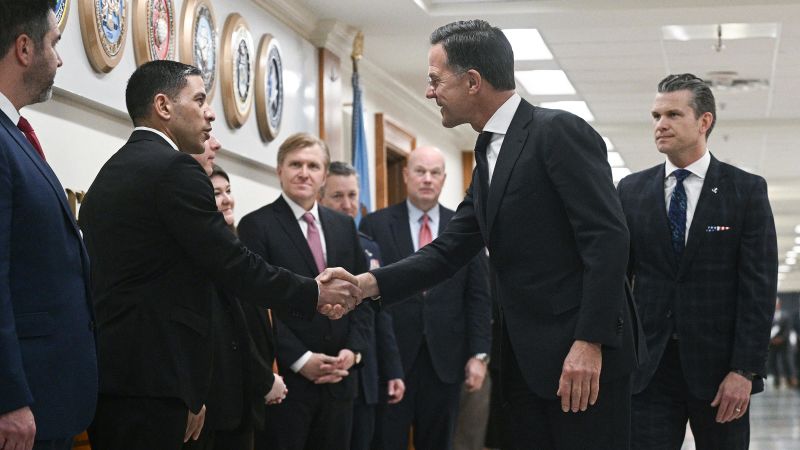Inside the Pentagon's Secret Messaging: How a Key Adviser Helped Hegseth Go Off the Grid

In a controversial move that raised eyebrows across the Pentagon, Secretary of Defense Pete Hegseth found himself at the center of a communication protocol controversy last month. After reports surfaced that he had been using the encrypted messaging app Signal to discuss sensitive military operations—a practice explicitly forbidden by Department of Defense guidelines—one of his top military advisors took an extraordinary step.
The aide approached the Defense Department's chief information officer with an unusual request: seeking a special exemption that would allow Hegseth to continue using Signal without repercussions. This bold maneuver highlighted the tension between modern communication technologies and traditional military communication standards, revealing the complex challenges faced by high-ranking officials in an increasingly digital landscape.
The incident not only underscores potential security risks but also demonstrates the growing disconnect between established protocols and the communication preferences of senior leadership in today's rapidly evolving technological environment.
